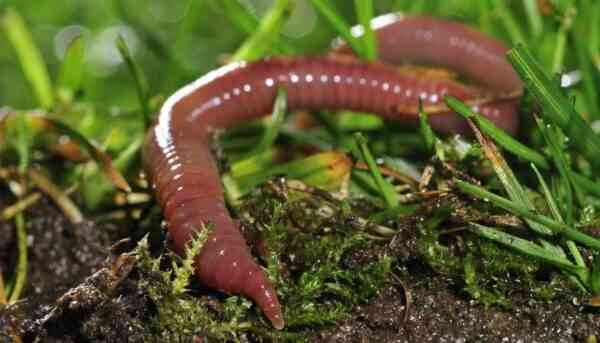The type of annelids also includes the usual earthworms, which crawl out to the surface of the earth in abundance after rain, for which they, in fact, got their name. However, there are a huge number of species of these living beings that have existed for many millions of years, practically unchanged in the course of evolution. However, nature knows better, right?
Interesting facts about annelids
- Some of their species do not live in the ground, but in water, both in fresh and salty.
- In total, there are about 18 thousand species of annelids in the world.
- In Mongolia, many still believe in the existence of the mythical Olgoi-Khorkhoi, a large worm that lives in the Gobi Desert and kills victims with using an electric discharge (interesting facts about Mongolia).
- The smallest annelids are a quarter of a millimeter long, and the largest grow up to 6 meters.
- The American shuttle «Columbia», along with the crew who died as a result of the disaster, had on board boxes with annelids. It was these worms that were the only survivors of the crash, despite extreme heat and an overload of 2500 g.
- The body of most annelids is more complex than flatworms (interesting facts about flatworms).
- In the traditional Chinese alphabet, the character for earthworm literally translates as «earth angel».
- Most annelids do not like sunlight, as they do not tolerate ultraviolet radiation.
- In New Zealand, there is a species of annelids that grows up to one and a half meters in length and glows quite brightly in the dark.
- Not so long ago, in North America, an earthen annelid palus was found, which was considered extinct for a long time. It lives at a depth of up to 5 meters, growing up to a meter in length. Surprisingly, this worm smells like fresh lilies (interesting facts about North America).
- The usual earthworms are 82% pure protein, so many birds and animals readily feed on them.
- Annelids do not have lungs, but they breathe through the entire surface of the skin.
- The number of hearts in an ordinary earthworm varies, usually it has from 5 to 9 pieces
- If an annelids are cut in half, then only the half of them that has a head will survive.
- The mating process of some annelids stretches for several hours.
- Many species of annelids can fall into a long hibernation during adverse conditions, such as drought or frost.
- The largest annelids in the history of modern science was found in South Africa. Its length was 6.7 meters.
- In some countries, people willingly eat annelids, especially earthworms.
- Some species of annelids live deep under water, at a depth of up to 8 kilometers, calmly withstanding tremendous pressure.
- Up to 500 worms can live in one cubic meter of suitable soil.
- The oldest fossils found by paleontologists confirm that annelids lived on Earth for at least 65 million years ago.
- In terms of evolution, annelids, according to most scientists, have a common ancestor with molluscs.
